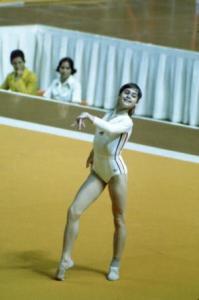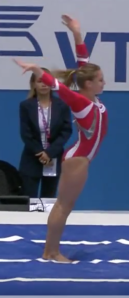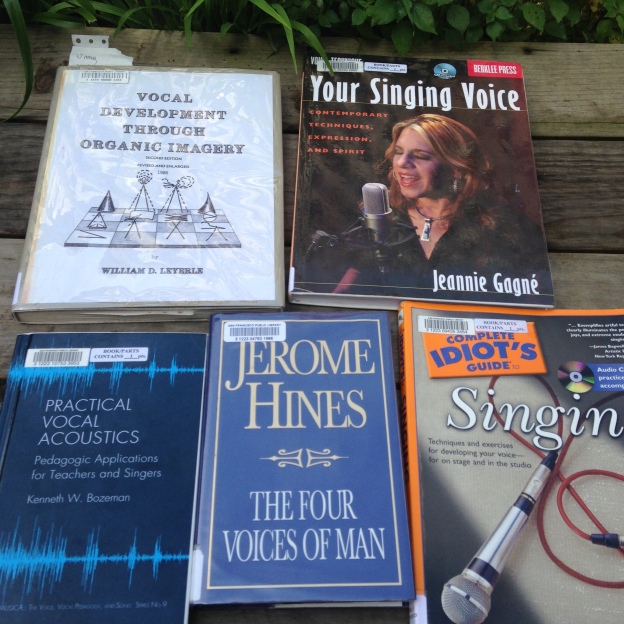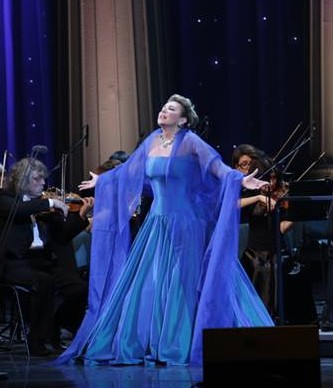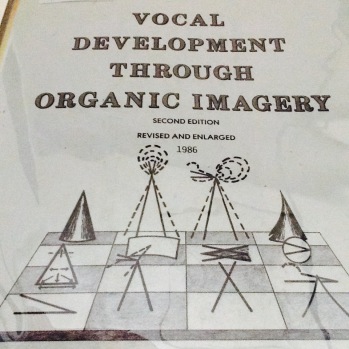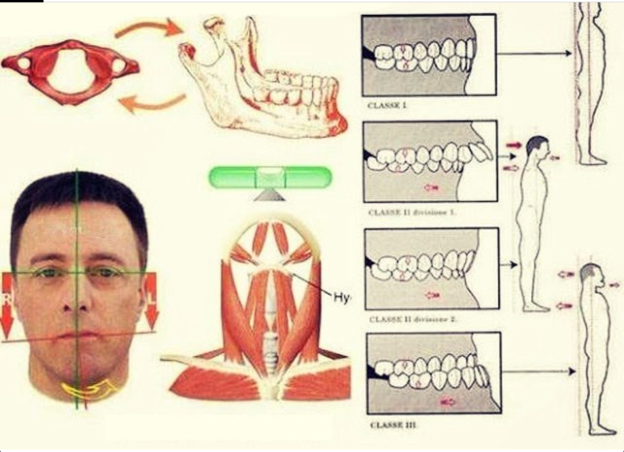
I am reposting an article which illustrates perfectly how postural imbalance creates overbite and underbite and vice versa – how irregular bite can lead to tension in the neck, jaw, spine and even be connected to flat feet! This is anecdotal, but I noticed some of the best singers I know have perfectly developed arches.
I only recently understood how neck tension affects the position of the larynx and voice quality. I will write more about it soon, for now it is interesting just to look at the image of the neck muscles with the larynx lodged in the middle. Any stiffness in this area will lock the larynx in a certain position vs. the resonators and the sound will not be optimal. Sometimes just changing the way you stand on your feet will release shoulder/neck/jaw tension and produce a more beautiful sound.
Below the Google translation of the original article, seems quite good as translations go.
BITE AND POSTURE (Худоногова Е.Я)
First, there is a close relationship between the head and the spine. If a person holds his head anterior to the shoulders, the neck and shoulders will also change their position to compensate for the front position of the head. The bite is also exactly related to the spine and depends on the position of the head and posture in general.
This is done through the system of connections of the lower jaw and temporal bones, which on the one hand participate in chewing (through the temporomandibular joint), and on the other hand are the receptacle for the vestibular apparatus (inner ear and snail) that are responsible for the balance. As a result – difficulties in walking and motor skills, abnormal gait, curvature of the spine, scoliosis.
Try tilting your head back and gently close your teeth. Pay attention, that first of all the back teeth will be closed. Now tilt your head forward, to your chest, and gently close your teeth. Now the first contacts appear on the front teeth. This example clearly demonstrates how the position of the head affects the closing of the teeth.
It is important to understand the relationship between the musculoskeletal and dentoalveolar systems, to ensure the stability of the vertical posture of a person. This is a very complex, dynamic process. It involves various functional systems of the body: musculoskeletal, vestibular, visual, dentoalveolar, etc. Gurfinkel VS, et al. (1965) showed the effect of articular receptors on the human posture. Receptors of joint capsules and ligaments signal the position of the structures of the joints forming, the direction and speed of their mutual displacement.
When considering the profile of a person standing, the centers of gravity of his head, shoulder-shoulder articulation, hips, knees and feet are, as a rule, on one vertical axis, which is characteristic for a harmoniously developed, statuesque figure.
In anomalies of occlusion (irregular bite), the center of gravity of the head is often located in front of this vertical axis, which leads to a change in posture and an increase in the load that affects the muscles of the neck. In this case, the preservation of the correct position of the head and the horizontal position of the gaze is possible only with the increase in the tension of the muscles of the neck. In patients with anomalies of occlusion, the forward position of the head is tilted forward, the chest of the chest, its anteroposterior size, the angle of the ribs, the protrusion of the scapula, the protrusion of the abdomen, the curvature of the lower legs, flat feet (Khoroshilkina F.Ya., Malygin Yu.M. 2009).
In the early stages of the process, these deviations can be regarded as a weakness of posture. The increase in deviations, which with increasing age is manifested to a greater extent, is characterized as a violation of posture.
There is also an opposite tendency: the functional state of the musculoskeletal system determines posture and affects the formation of the musculoskeletal system. In this case, the fixed pozotonic reflexes, conditioned by bad habits, lead to an incorrect human posture and, in turn, contribute to the development of dentoalveolar anomalies.
Anomalies of occlusion (bite) can be both a cause and a consequence of disorders of the musculoskeletal system.
That is why it is important not only to restore the correct position to the teeth, but also to get rid of the problems with the spine, to strengthen the muscles of the whole body for successful correction of an incorrect bite.
Different types of disorders of posture are not a purely aesthetic issue, since in the future this leads to the development of osteochondrosis, discogenic radiculitis and other diseases of the spine in adults. Proceeding from physiological regularities, posture is a dynamic stereotype, a complex of conditioned and interconnected conditioned reflexes (Kalb, TB, 2001).
The formation of the body’s posture is influenced by many factors. A significant role is played by social living conditions, work activity and even hobbies (Rybakova VV, 1997). Posture can change, despite the relative stability of anatomical factors. It can improve in the process of special physical training and worsen in chronic diseases, hypodynamia (Movshovich IA, 1964). Progression of scoliosis is associated with a decrease in the potential of the body, increased fatigue, the formation of ugly deformation of the figure, the emergence of psychological and social problems.
One of the main tasks is to return the initial amplitude to the muscles: with the existing disorders of the spine, they “get used to” working incorrectly, because of what becomes more difficult to regain normal posture over time.
An increasing number of doctors, when examining their patients, pay attention to the posture, the position of the head, shoulders and the physical development of their patients. There was such a direction as neuromuscular dentistry. All this once again confirms the fact that everything in the human body is interconnected.
“Treatment of distal occlusion in patients with musculoskeletal disorders”, Khudonogova E.Ya.






